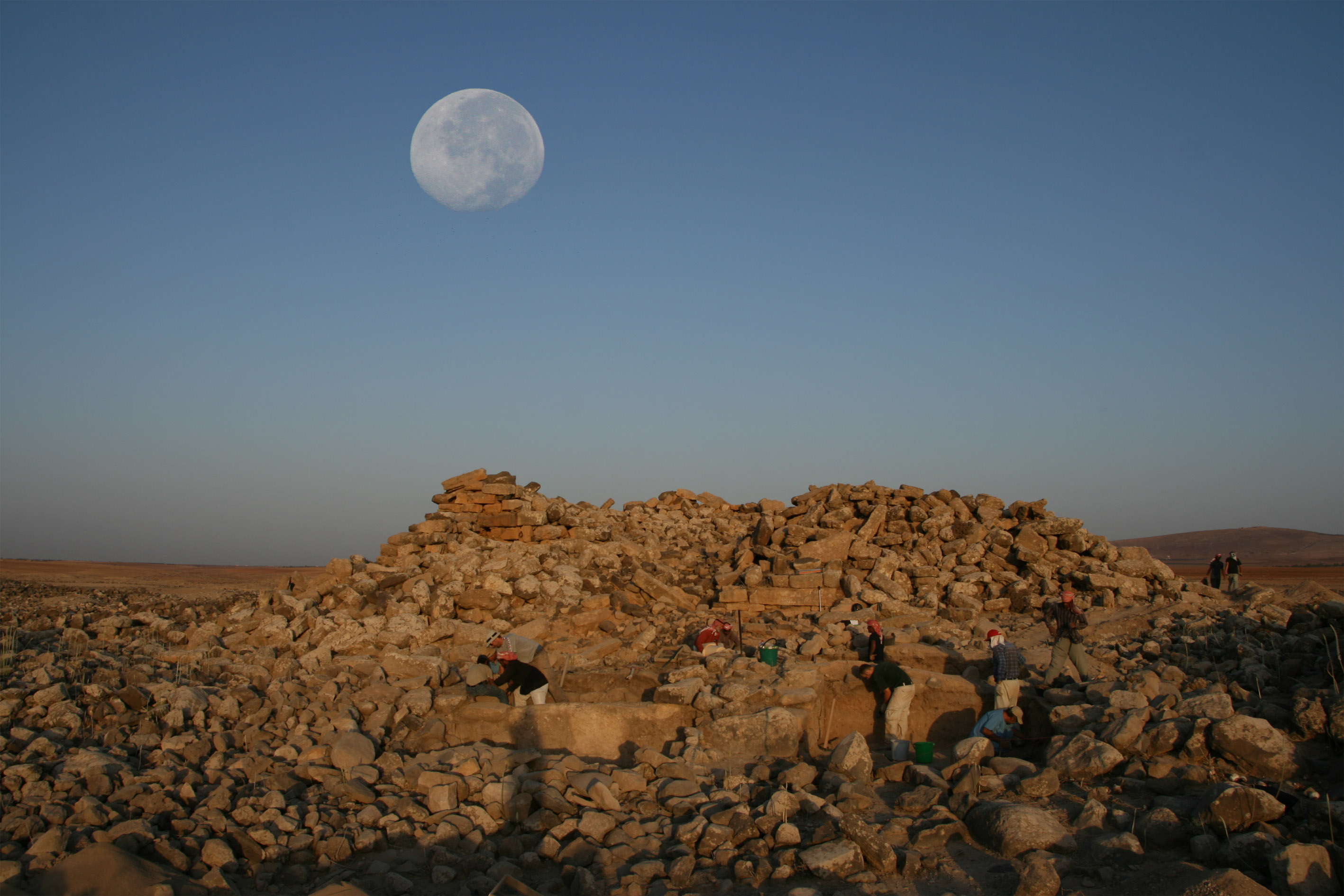AIA Site Preservation Program
Deadline: November 1, 2024
Announced: By March 1
Purpose: The Site Preservation Grant is intended to fund projects that uphold the AIA’s mission to preserve and protect the world’s archaeological heritage for future generations. The goal of the grant, which carries a maximum award of $15,000, is to enhance global preservation efforts and promote awareness of the need to protect threatened archaeological sites. The AIA seeks to support projects that not only directly preserve archaeological sites, but those that also include public outreach and education components that create a positive impact on the local community, students, and the discipline of archaeology as a whole.
Requirements:
Applications eligible for consideration for a Site Preservation Grant should fit one or more of these categories
Review the Follow-Up Check List for previous winners.
The AIA welcomes applicants of all backgrounds and is committed to equal opportunity for all. Under no circumstances will the AIA discriminate against qualified individuals on the basis of race, color, religious creed, retaliation, national origin, ancestry, sexual orientation, gender, disability, mental illness, genetics, marital status, age, veteran status, or any other basis prohibited under applicable law.
As part of the Archaeological Institute of America’s ongoing commitment to fieldwork and families, reasonable line items for the care of dependent and elderly family members are allowable expenses for AIA grants, fellowships, and scholarships.
Applications will be judged according to the following criteria. There is no set number of criteria that must be fulfilled. However, the greater of criteria fulfilled, the stronger the application.

2024
The Baluʿa Regional Archaeological Project has been excavating the site of Khirbat al-Baluʿa in central Jordan, an important Iron Age (1000-550 BCE) Moabite city and large Middle-Late Islamic (1000-1900 CE) village. This summer, the project plans to continue excavations of both settlements and begin work on a long term conservation project of all excavated architecture. Conservation work will be carried out in cooperation with Sela for Training and Protection of Heritage, a local non-profit conservation and training company, and the Department of Antiquities of Jordan. In addition, we intend to put together a program of community engagement and education in Arabic. The community around the site of Khitbat al-Baluʿa includes local Bedouin groups and the populations of the nearby villages of Qasr and Smakkiya. Ultimately, the hope is that we can expand community involvement and see what would be of the most interest and of the greatest use to the local population.
2023
2022
2021
2019
2018
2017
2016
2016
2015
2015
2015
2014
2013
2013
2012
2011
2011
2011
2011
2010
2010
2010
2009
2009
2009
2008
Notifications